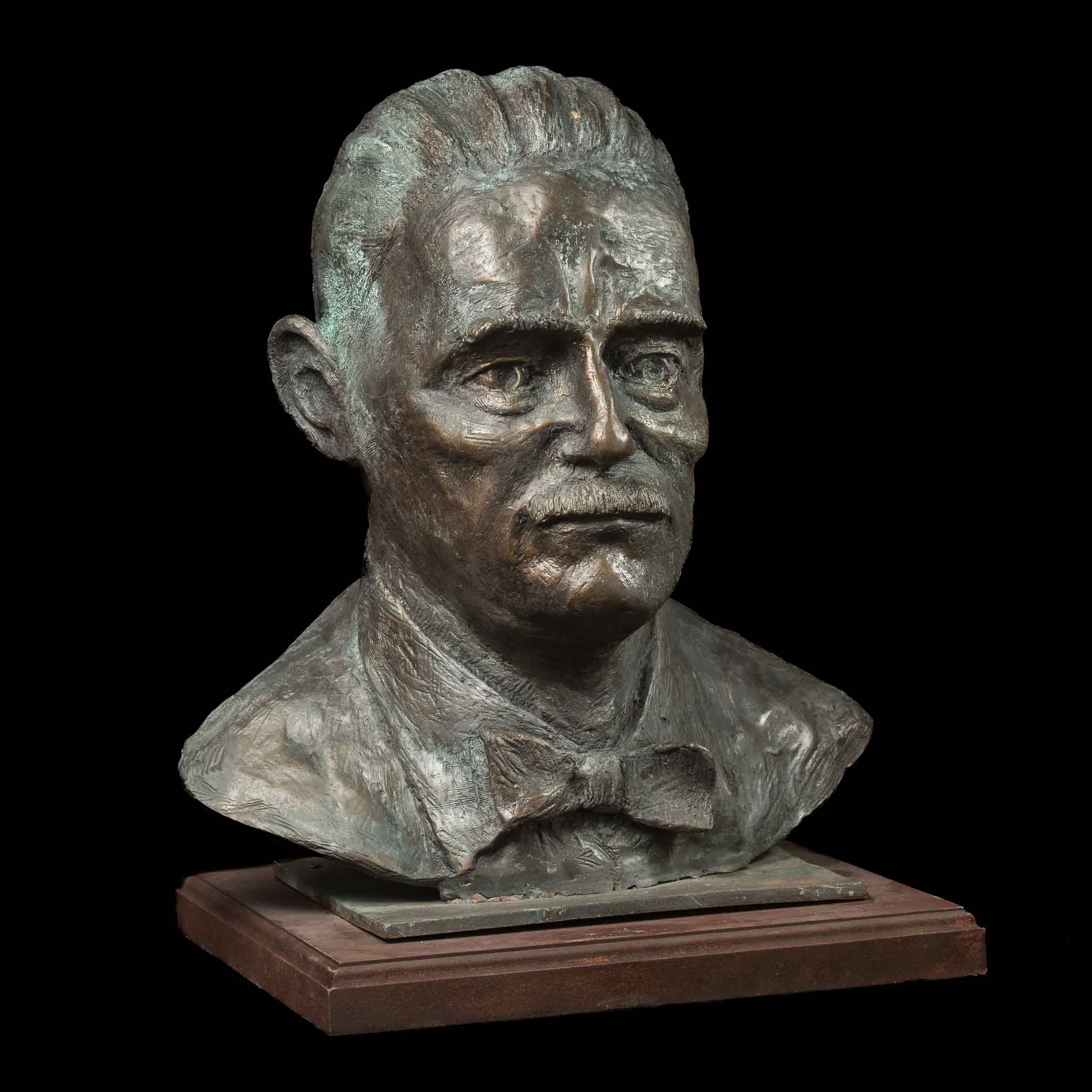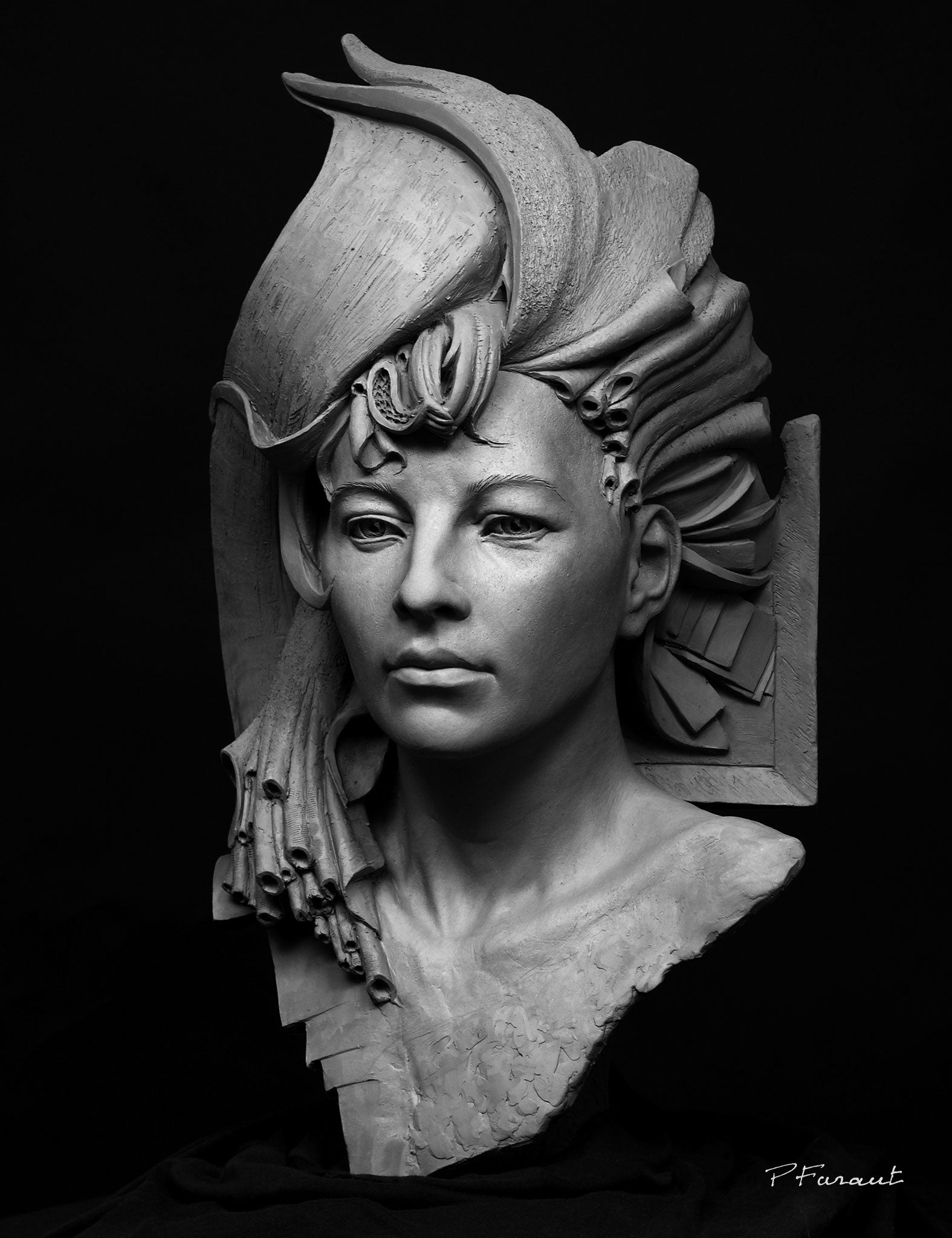The Advancement of Sculptures: From Ancient to Modern
The Evolution of Sculptures: From Ancient to Modern.
Sculpture, among the oldest forms of art, has actually been an integral component of human people for centuries (Figurative Sculptures). From the old human beings of Egypt and Greece to the modern age, sculptures have actually evolved, reflecting changes in artistic methods, materials, and cultural impacts. This trip via time traces the growth of sculptures, exploring the shifts stylishly, topic, and imaginative expression
Starting with the ancient globe, sculptures crafted from rock and later bronze caught the essence of deities, leaders, and day-to-day life. The Renaissance duration observed a rebirth of timeless sculpting strategies, as artists sought to imitate the graceful forms of old Greek and Roman sculptures. In the contemporary age, musicians challenged traditional borders, embracing abstraction and experimentation with brand-new products.

This exploration will explore the diverse advancement of sculptures, exposing the abundant tapestry of creative expression across various periods and societies.
Ancient Sculptures: From Rock to Bronze
Ancient sculptures transitioned from being sculpted out of stone to being cast in bronze. Rock sculptures, while impressive in their own right, were limited by the nature of the material.
The intro of bronze as a medium for sculptures produced a transformation in artistic expression. Bronze used artists the opportunity to produce detailed and natural forms that were not possible with stone. The process of casting bronze permitted the development of several duplicates of a sculpture, enabling larger distribution and conservation of these imaginative masterpieces.
The transition from stone to bronze likewise saw a shift in the topic of sculptures. While rock sculptures mostly depicted gods, goddesses, and mythical figures, bronze sculptures began to show a more comprehensive series of subjects, consisting of day-to-day individuals and pets. This expansion of topic showcased the versatility and versatility of the bronze tool.
Renaissance Resurgence: Forming in the Timeless Style
The Renaissance rebirth of sculpture witnessed a revival in the classic style, building upon the developments made throughout the change from rock to bronze in old sculptures. Throughout this period, musicians sought to recreate the classical aesthetic and perfects of beauty that were prevalent in ancient Greek and Roman sculptures.
Among the vital characteristics of the Renaissance resurgence was the focus on naturalism and the human type. Sculptors like Donatello and Michelangelo make every effort to record the anatomical details and expressions of their subjects with unprecedented accuracy. They examined the human body and included their monitorings into their sculptures, resulting in sensible and natural depictions.
One more important facet of the Renaissance resurgence was the exploration of point of view and depth. Musicians utilized techniques such as contrapposto, where the weight of the body is moved to one side, developing a feeling of movement and dynamism. They likewise try out various materials, including marble and bronze, to accomplish a level of refinement and complexity in their sculptures.
The timeless style of the Renaissance rebirth had a profound impact on later periods of art, offering as a foundation for the development of Western sculpture. It brought a restored gratitude for the appeal and majesty of the human form, and its legacy can still be seen in contemporary sculptures today.
Innovation and the Avant-Garde: Damaging Standard Boundaries

One of the essential features of modernist sculpture was the emphasis on abstraction. Sculptors relocated far from sensible depictions and rather concentrated on recording the significance of the topic with simplified types and geometric shapes. This departure from traditional representation permitted artists to express their feelings and concepts in a much more subjective and individual way.
Additionally, the avant-garde activity tested social standards and conventions, urging musicians to experiment and push the boundaries of their art - Bronze Sculptures. Sculptors began integrating unusual materials such as found things, commercial materials, and even natural environments into their job. This exploration of new products and methods not just broadened the possibilities for sculpture yet likewise tested the typical concepts of what could be taken into consideration art
Contemporary Sculptures: Checking Out New Materials and Concepts
With an emphasis on checking out brand-new materials and principles, modern sculptures have revolutionized the area of art. Artists today are pushing the borders of conventional sculpture by exploring and utilizing ingenious products with abstract ideas. These sculptures test conventional ideas of materiality, kind, and definition, welcoming audiences to take part in a provocative and new creative experience.
Contemporary artists are embracing a wide variety of materials, including plastic, glass, metal, and also natural matter. Portrait Sculptor. They are not limited to the typical tool of stone or clay, enabling better freedom of speech and testing. This change in the direction of unique products has actually opened new possibilities for artists to produce sculptures that are dynamic, interactive, and visually striking
Along with checking out brand-new products, contemporary sculptures likewise dig right into facility and abstract principles. Musicians are currently exploring themes such as identity, social problems, and the atmosphere, utilizing sculpture as an effective tool for social discourse and introspection. These sculptures challenge audiences to believe seriously and involve with art on a much deeper degree, triggering discussions and prompting psychological responses.
Global Influences: Sculptural Traditions From Worldwide

In old Egypt, sculptures were produced largely for funerary and spiritual objectives. The legendary sculptures of pharaohs and gods, such as the Great Sphinx and the bust of Queen Nefertiti, showcase the Egyptians' proficiency of stone carving and their belief in the immortality.
In old Greece, sculpture reached its optimal during the timeless duration. Influenced by the suitables of percentage, elegance, and consistency, Greek sculptures emphasized the human form and commemorated the success of heroes, gods, and athletes. The popular sculptures of Aphrodite of Knidos and the Discobolus exemplify the Greeks' quest of perfection in sculptural art.
In old Rome, sculpture served both political and creative purposes. Contemporary Sculptures. Roman sculptures usually illustrated emperors, generals, and mythological figures, reflecting the power and majesty of the empire. The marble statue of Augustus of Prima Porta and the huge Arch of Constantine are notable examples of Roman sculptural success
Oriental sculptural traditions, specifically in India, China, and Japan, have likewise had a profound effect on the advancement of sculptures. Indian sculptures, such as the intricately carved holy places of Khajuraho and the enormous sculptures of Buddha, exhibit an abundant combination of religious, mythical, and architectural aspects. Chinese sculptures, characterized by their great craftsmanship and focus to detail, often depict divine beings, animals, and legendary numbers. Japanese sculptures, affected by Buddhism, highlight simpleness and tranquility, seen in the tranquil statuaries of Buddha and the classy art of bonsai.
The worldwide influences on sculpture proceed to progress in the modern-day period. As we look to the future, it is particular that the global impacts on sculpture will certainly continue to form and redefine this ancient art type.
Final Thought
In conclusion, the evolution of sculptures has actually seen a shift from ancient rock and bronze functions to the timeless rebirth throughout the Renaissance. This was adhered to by the splitting of traditional boundaries through innovation and the progressive activity. Today, modern sculptures discover brand-new products and ideas, while also drawing ideas from global sculptural traditions. The trip of sculptures mirrors the ever-changing creative expressions and cultural impacts throughout history.
From the old people of Egypt and Greece to the modern-day period, sculptures have actually developed, showing adjustments in imaginative strategies, materials, and social influences.Starting with the old globe, sculptures crafted from rock and later on bronze captured the essence of deities, rulers, article and daily life.Ancient sculptures transitioned from being carved out of rock to being cast in bronze. While rock sculptures mostly depicted gods, sirens, and mythical figures, bronze sculptures started to show a broader array of topics, including daily individuals and animals.In conclusion, the development of sculptures has seen a change from ancient stone and bronze functions to the classic rebirth throughout the Renaissance.